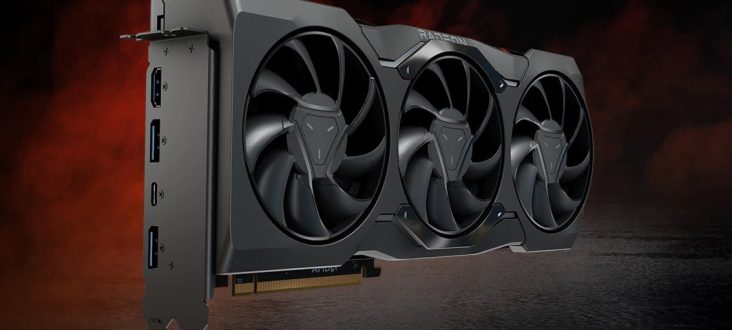Associate
- Joined
- 22 May 2015
- Posts
- 2,365
- Location
- Manchester
Not really a valid argument given I preferred to buy a 9800Pro, X800GTO, X1950Pro, HD3870, HD4850, HD5850 back in the day because as you say, AMD clearly had better GPUs. Yes, yes they did. I bought them. I don't buy them now, see what I mean?Who forces them? Even in best times, when AMD had clearly better GPUs, people preferred to buy NVIDIA. So, people got exactly what they worked so hard for for so many years.
That also makes your second point not really applicable either. AMD thought very much about monies when they priced their inferior range so close to the better performing chips at launch with the latest generation, a bit of self awareness and honesty about their product wouldn't have gone amiss there. But no, almost as bad as NVidia.
So yes, I would much rather both teams make GPUs that compete against one another, I've had GPUs from both. It was easy, get whichever performed best. I still do that now.








